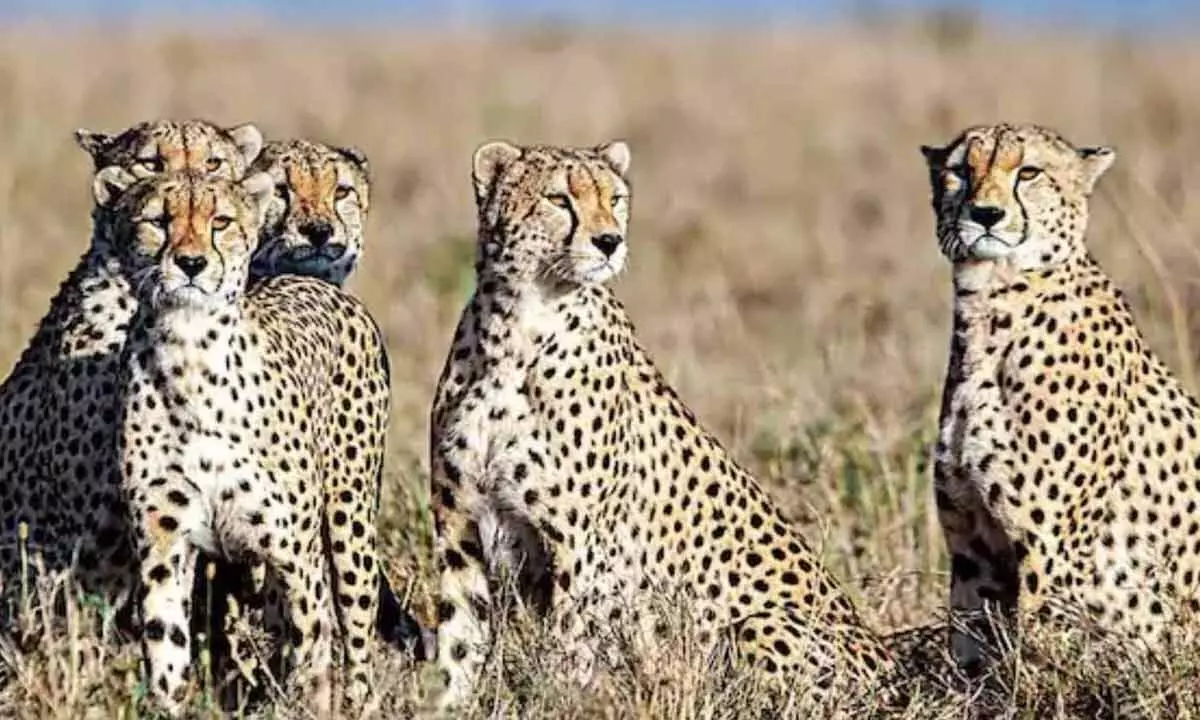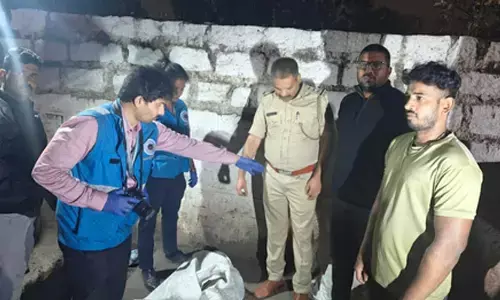After 70 years, Cheetah's are Back in India, Exploring New Home

After 70 years, Cheetah’s are Back in India, Exploring New Home
On Saturday, 8 wild cheetahs were brought from Namibia released in the Kuno National Park in Madhya Pradhesh. Prime Minister Narendra Modi stated the "age-old link of biodiversity" which was broken decades ago with the extinction of the big cat" was being restored again with the reintroduction of it to the soil of India.
On Saturday, 8 wild cheetahs were brought from Namibia released in the Kuno National Park in Madhya Pradhesh. Prime Minister Narendra Modi stated the "age-old link of biodiversity" which was broken decades ago with the extinction of the big cat" was being restored again with the reintroduction of it to the soil of India.
In the year, 1952, cheetah was declared extinct in India, but now again cheetah has been reintroduced in India under the Project Cheetah, this one is the world's first intercontinental, large wild carnivore translocation project.
The PM underlined that the translocation of the cheetah was a testimony to India's commitment to sustainable development, its age-old mantra of co-existence with nature and message to show that ecology as well as economy were not essential in conflict with each other.
"For India, nature as well environment, its animals and birds are not just about sustainability and security but the very basis of India's sensibility and spirituality. We are taught to care about even the smallest creatures living around us. Our traditions teach us, life of a living must not go away without a reason, then we are filled with guilt, then how can we accept that the existence of an entire species is lost is because of us, he stated.
Each of the cheetah introduced have radio collar with an inbuilt satellite GPS. The Kuno Palpur National Park has completed the essential infrastructure projects for the cheetahs. Culverts have been installed in order to keep the predators away from the new guests. Fencing is being done to keep the predators aways from the new guests. Surveillance cameras has been installed in order to monitor the activities surrounding these cheetahs. Even the landscape has been altered to remove the obstructions lying in the Cheetah's way of prey. Invasive species such as thorny bushes has been removed and palatable grasses such as themeda grass, marble grass and wild legumes has been introduced to the area.
















